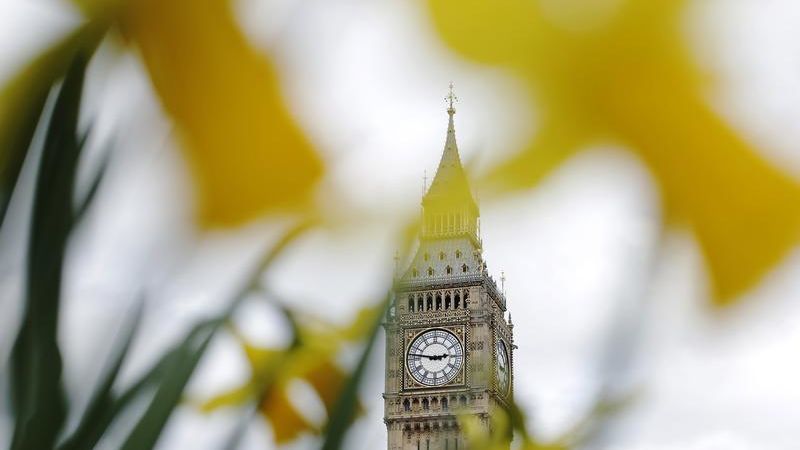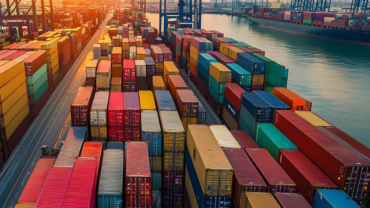The article was written by Rajeshkumar Jaiswal, Senior Analyst in Global Trade Content for Thomson Reuters ONESOURCE Global Trade
After nearly three-and-a-half years of hard bargaining between the U.K. and the European Union (E.U.) — alongside the political impasse in London owing to tough negotiations between the Tories and the Labour party — the U.K. officially moved out of the E.U. on January 31, ending 47 years of association.
Operating within an 11-month transition period, the U.K. is now formulating its independent tariff policies before it exits the E.U.’s single market, the world’s largest trading bloc, on December 31.
In May, the U.K. government published the U.K. Global Tariff (UKGT) with import duty rates which will replace the E.U.’s Common External Tariff rates beginning January 1. “For the first time in 50 years we are able to set our own tariff regime that is tailored to the U.K. economy,” said International Trade Secretary Liz Truss. “Our new Global Tariff will benefit U.K. consumers and households by cutting red tape and reducing the cost of thousands of everyday products. With this straightforward approach, we are backing U.K. industry and helping businesses overcome the unprecedented economic challenges posed by the coronavirus.”
The new tariff was developed to ensure the U.K. businesses benefit from a lower tax regime compared to the existing E.U. Common External Tariff (EU CET). It also does away with complexities in EU CET by removing tariff variations, rounding tariffs down to standardized percentages, and eliminating tariffs below 2%.
A brief analysis of the proposed tariffs
The changes incorporated in the UKGT can be classified as follows:
- Liberalized: Tariffs for more than 3,200 commodities — including iron and steel products, glass products, and textiles — have been reduced to zero.
- Simplified: Complex tariffs for more than 6,000 commodities have been rounded down or converted to a single percentage.
- Reduced: High tariffs for more than 90 commodities have been lowered beyond the simplification measures. These include husked and milled rice and certain motor vehicles.
- Currency conversion: Tariffs for more than 1,500 commodities which currently are levied in Euros have been converted to Pounds.
- Unchanged: The tariffs for nearly 4,900 commodities has remained unaltered.
The proposed tariffs will ensure 60% of goods are traded free on World Trade Organization terms or through existing preferential access.
Advantages to the UKGT
Fostering local industries — One of the prominent advantages of the UKGT is the support it will provide to the U.K.’s domestic producers by removing tariffs on raw goods used in manufacturing or on goods which have limited or no production in the U.K.
In addition, tariff elimination or reduction for a significant amount of finished goods will boost the U.K. economy, leading to cheaper imports that benefit U.K. businesses while increasing choices for consumers. Tariffs have been removed on £30 billion worth of imports which entered U.K. supply chains.
Promoting the green economy — In response to mounting pressure to address climate change and promote energy efficient products, the UKGT has proposed zero duty on products including thermostats, vacuum flasks, LED lamps, and bike inner tubes.
Eliminating red tape — To reduce an administrative burden on importers during customs declaration, the UKGT is getting rid of tariffs which are based on the entry price of the products and replacing it with a fixed tariff. Products affected include vegetables, dairy products, chocolate, and wine.
Encouraging market competitiveness — The government has retained the tariff on a wide range of products to provide a level playing field for its local industries.
Industry-specific implications — The trade agreement between the E.U. and U.K. is crucial for businesses on both sides to continue operating with certainty. Three E.U. member states — Germany, France, and the Netherlands — are among the U.K.’s top five trading partners. If there is no trade deal by year’s end, then U.K. importers will bear the brunt of increased import duties on goods which are otherwise imported duty-free under EU CET — and increased duties will translate into higher prices for U.K. consumers.
To avert this situation, industries which have a considerable share in U.K.’s import basket will start exploring potential markets outside the E.U.
In 2019, cars and other road vehicles were the largest traded commodity in the U.K. If the UKGT is implemented without an E.U. trade deal, then car imports from Germany, one of the U.K. largest suppliers, will attract a 10% duty and increase the business cost for both buyer and seller. Meanwhile, the U.K.’s National Farmers Union has raised concerns about the increased competition for some domestically produced commodities due to simplification of tariffs proposed in the UKGT.
The road ahead
The government has expressed readiness to conclude the Free Trade Agreements under negotiation, which will enable the U.K.’s trading partners easy access to its market. Publication of the new U.K. tariff regime has provided a timeframe for companies with interests in the U.K. and E.U. to prepare trade strategies for a no-deal scenario.
The UKGT does not include information on other import duties such as the value-added tax (VAT) and import measures such as anti-dumping, countervailing, and safeguard duty. The government also intends to introduce a tariff-rate quota scheme later this year under which a product can be imported with no or low tariffs in limited amounts.
Overall, the UKGT is being promoted as catering to the interest of U.K. consumers and producers while striving to promote external trade and productivity.







